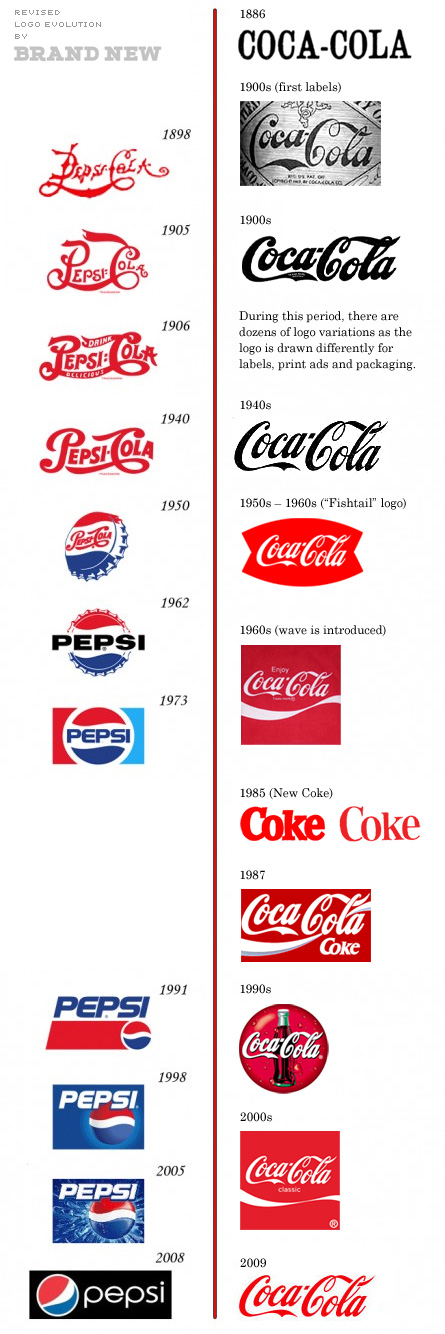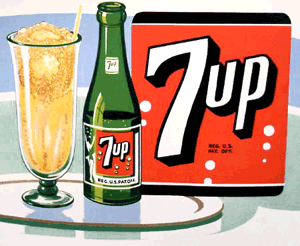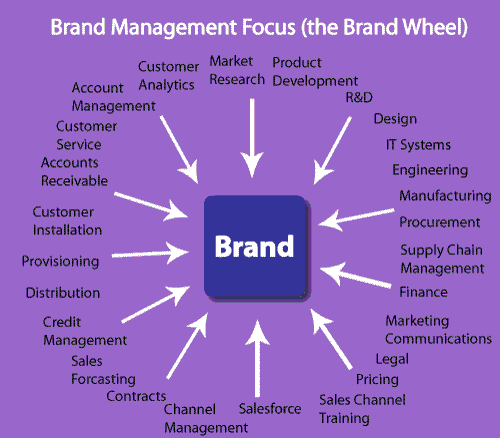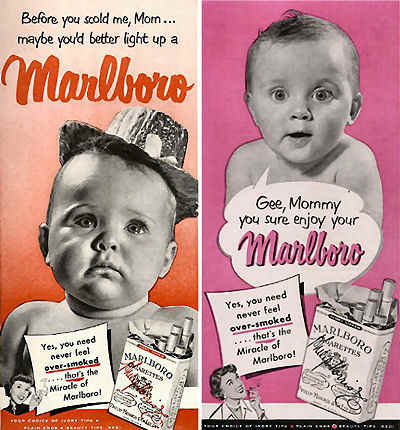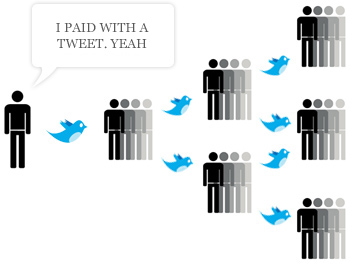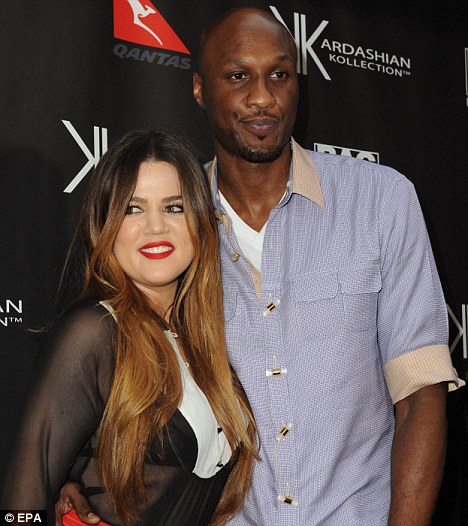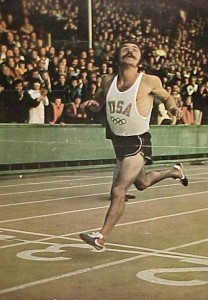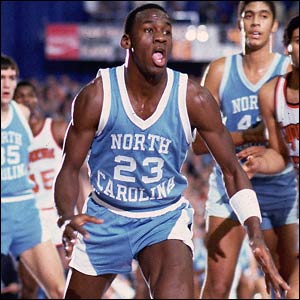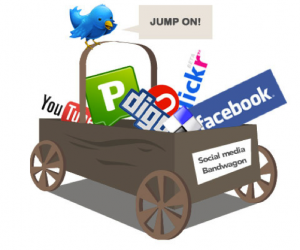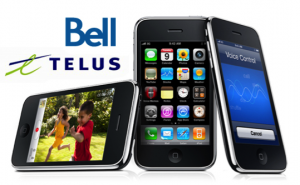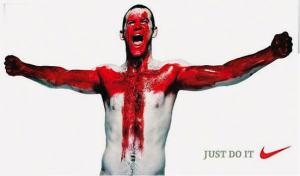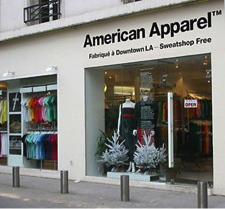As my good friend Mehrad pointed out in his excellent blog post about the UFC and its PR problems, marketing a sport can be a problem. Scandals and concerns about a sport’s safety are all bad. Tim Tebow and his extreme, and somewhat inexplicable popularity, on the other hand, is good. On a complete opposite spectrum from the UFC and its problematic image, Tim Tebow has been a marketing wunderkind for the NFL.
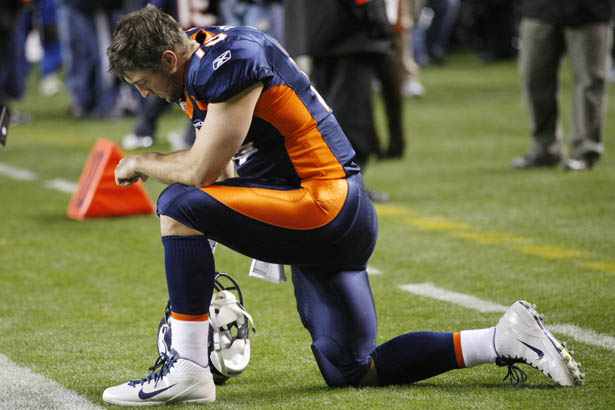
Despite pulling off miracle comebacks with his rugged Christian-boy good looks, and stealing the nation’s heart with the Denver Broncos this past season, with the signing of soon-to-be NFL legend, Peyton Manning, by already-a-legend, John Elway, he was made expendable. Tim Tebow has been a galvanizing force everywhere he plays, beginning with his days as a Florida Gator, to his time now as a New York Jet. His jersey sales were second only to bona fide star Aaron Rodgers of the Green Bay Packers last year, and he has made millions for the NFL, pulling in new fans who cannot tell apart a touchdown from a fumble. So it only makes sense that his trade to the New York Jets, in the world’s largest football market, can only be a good thing for ‘Tim Tebow Enterprises’…right? Not so fast.
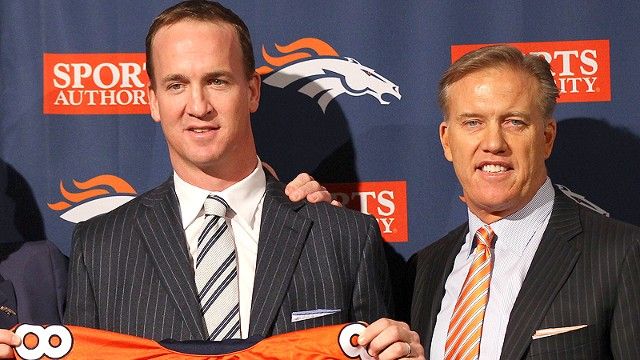
Conventional wisdom states that Tim Tebow moving to a market 10 times the size of Denver’s should get him into the Peyton Manning range in sponsorship money: $10 million. However, the NFL is a different animal entirely – many of its top earners can to be found squarely entrenched in the smaller fanbases. Peyton Manning earned 8 figures in the NFL’s 10th smallest market, Indianapolis. Brett Favre earned high 7 figures in the NFL’s smallest market, Green Bay. Drew Brees earns the big bucks calling New Orleans, the 2nd smallest market, home.
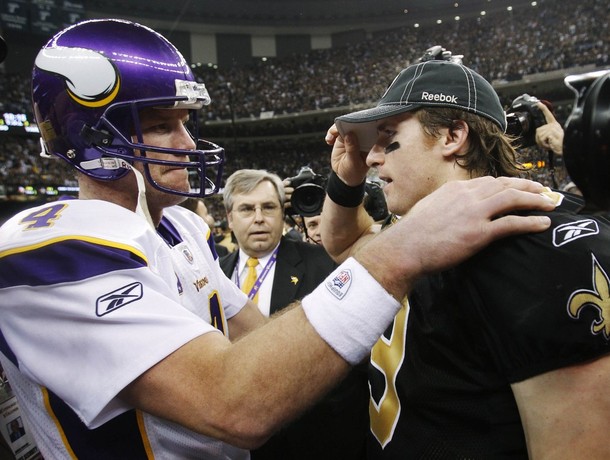
The common theme here is that appeal can only take you so far; one needs to back up market appeal with clutch play to have sustainable legitimacy. Tim Tebow may have had deals, his contract with underwear maker Jockey standing out, before even stepping out to make his first NFL snap, but to truly establish his value as a long-term marketing pillar, he needs to (1) become a real starting quarterback and (2) win the Super Bowl, or even just the AFC title. As the agents of instant marketing sensations like Michelle Wie have found out, no matter the flash, ultimately on-field performances are what matters for true return on investments and genuine marketing viability.

Tim Tebow’s technical ability and his long-term future as a starting NFL quarterback have always been under fire, and for good reason. His throwing always in doubt, and his ‘football sense’ constantly being questioned, his only inarguable merit seems to be the fact that Tebow simply wins. He willed the clearly inferior Broncos to beat the Pittsburgh Steelers last season, but even that monumental achievement was not enough for a return ticket to INVESCO Field.

The Broncos pitched hard for aforementioned legend Peyton Manning, and got him. John Elway, the man most responsible for Manning’s signing and Tebow’s eventual departure said, “If there was one guy I want to marry my daughter it’s [Tebow].” Yet, he could not show him the door fast enough from the Mile High City – even marriage appeal can only get you so far.

Whether Tebow really succeeds on and off the field in New York remains to be seen. He probably received the most media coverage the NFL has ever seen for a backup quarterback acquisition, and has been given a massive billboard welcome by Jockey along the famed New York subway. Unfortunately for Tebow if he does not perform, his honeymoon phase will only last so long, and the money can only flow so much. The unconventional, unpolished QB needs to produce, and whether he can do so or not is rightly questioned. All eyes are on the Jets for the 2012-2013 season, and you can bet that this fan’s attention will be right there at kick-off.

